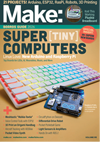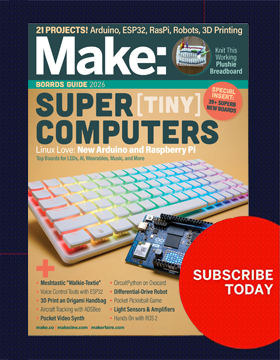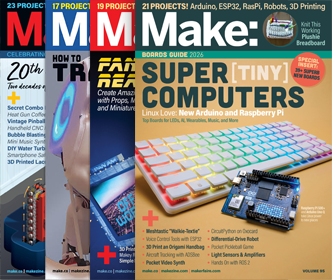Data center pr0n
This post over at Hack N Mod is titled “World’s Most Stunning Data Centers.” In point of fact, only two are mentioned, but the photos are pretty stunning. Shown uppermost, the Skynet system core Microsoft Chicago Data Center (of which more and better pictures are available here), and immediately above, the Stockholm facilities of Bahnhof, one of Sweden’s largest ISPs, which are located in a Cold War-era underground nuclear shelter. A video tour is available here.








